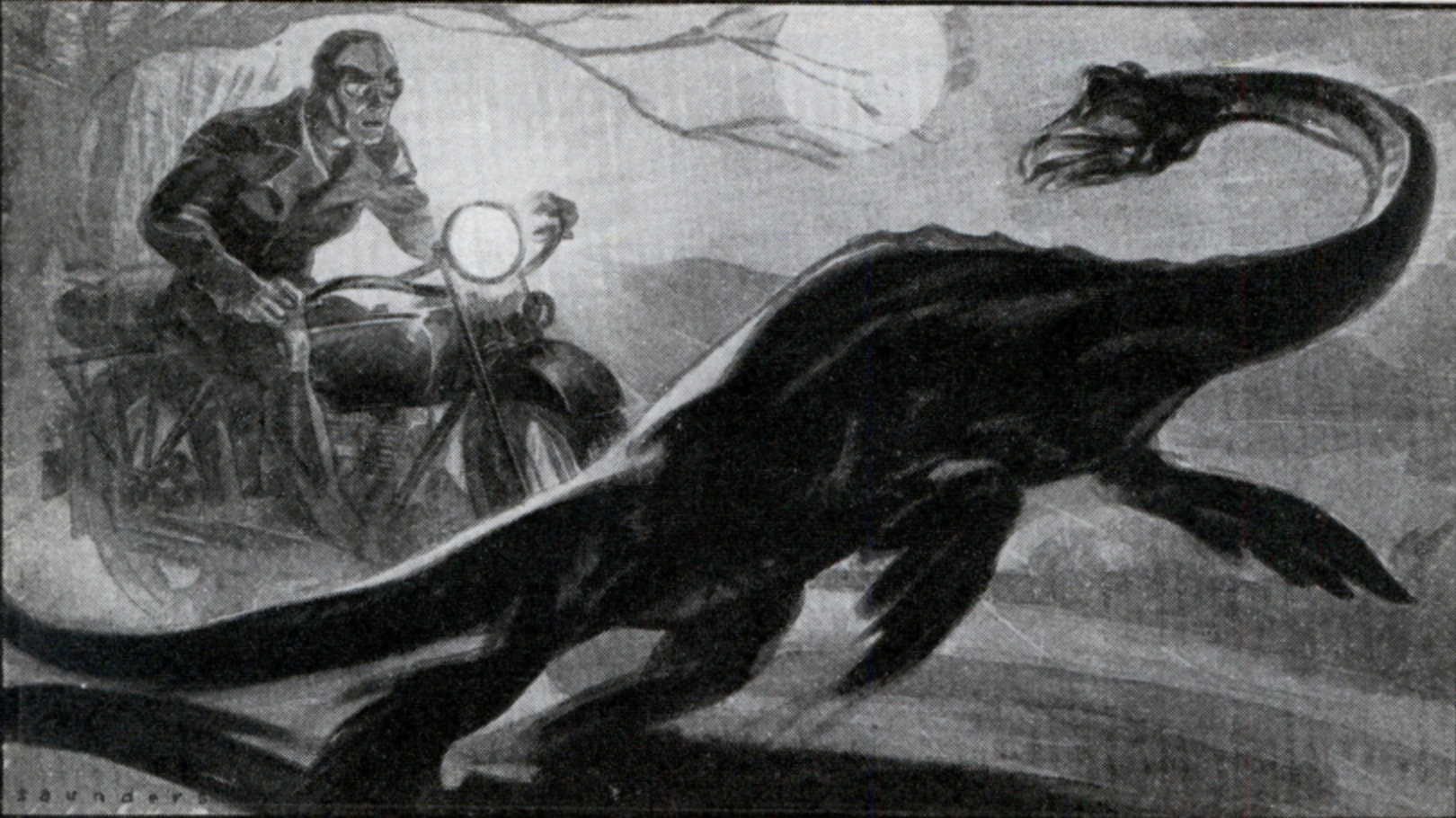Scientists out of New Zealand have finally announced the results of an exhaustive DNA study of Loch Ness, which may point to a novel theory about the lake’s legendary monster.
According to the team of researchers, led by Professor Neil Gemmel of the University of Otago, one explanation for sightings of the Loch Ness Monster that cannot be ruled out involved giant eels in the Scottish lake.
BBC News reports that “No evidence of a prehistoric marine reptile called a plesiosaur or a large fish such as a sturgeon were found,” further noting that the study found no sign of catfish or sharks in the lake either.
However, eels are plentiful within the Loch, and the New Zealand team of scientists could not rule out that some very large eels might have provoked sightings of Nessie, the famous creature believed to inhabit the Loch.

Popular sightings of the Loch Ness Monster didn’t begin until the 1930s, a number of which actually involved seeing the alleged creature on or near land. However, claims of earlier sightings began to surface along with the modern reports, some of which do lend weight to the idea of there being large eels in the Loch. One man, a mason from Abriachan named Alexander MacDonald, said that as far back as 1880 he used to see a “strange animal playing on the loch in the early morning.” MacDonald called this animal “the salamander,” a description which certainly could bear some similarity to a large eel.
From the Archives: The Great Debate over Nessie’s Death
There were other sightings of the creature from this period which even more explicitly described the animal as a giant eel. Peter Costello recounts in his 1974 book In Search of Lake Monsters an account by a Mr. Roderick Matheson, who operated a schooner that often passed through the Caledonian Canal, which connects the east and west coasts between Inverness and Corpach respectively.
According to the account Costello provides:
“On one of these trips, Mr. Matheson, then a mate, saw what he described as ‘the biggest eel I ever saw in my life’. The animal had ‘a neck like a horse, and a mane somewhat similar’.”
Others claimed to see the “salamander” during the 1880s as well, including the crew and skipper of a steamer that operated on the Loch. However, the descriptions given by the crew of this vessel indicated that Nessie was “a furry animal with legs and not an amphibian.”
Classic Podcasts: Loch Ness Legends on The Gralien Report.
“So it seems that even in the last century no-one could quite make up their minds about what the monster really was,” Costello wrote, “a fish, a lizard or a furry mammal.”
In light of classic reports such as these, Gemmel and his team’s conclusion that no other animals are present in the Loch to be able to account for such sightings certainly lends weight to the “giant eel” theory. As far as Nessie goes, this is about as close as we’ll probably ever get to finally pinning a tail on this famous Scottish water horse.



